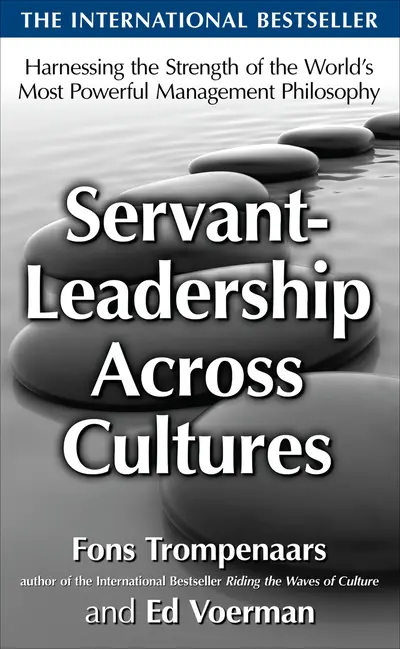My Account Details

ISBN10: 0071664351 | ISBN13: 9780071664356

Step 1 . Download Adobe Digital Editions to your PC or Mac desktop/laptop.
Step 2. Register and authorize your Adobe ID (optional). To access your eBook on multiple devices, first create an Adobe ID at account.adobe.com. Then, open Adobe Digital Editions, go to the Help menu, and select "Authorize Computer" to link your Adobe ID.
Step 3. Open Your eBook. Use Adobe Digital Editions to open the file. If the eBook doesn’t open, contact customer service for assistance.
We are all under new pressure toproduce more for less money—andin less time. Ultimately, this cannot bedone unless bosses are able to—in serviceof their organization—bring out the bestin their people. That is the essence of servant-leadership,the management philosophy originallyoutlined by organizational expert RobertGreenleaf in the 1970s. It’s a philosophywhose time has truly come. The mission statement of TDIndustries,a regular on Fortune’s list of 100 BestCompanies to Work for in America,prioritizes “intense ‘people development’efforts, includingsubstantial training budgets.” When an error at Motorola caused$100,000 in damages to equipment, noheads rolled; instead, the responsibleemployee was encouraged to developa system based on what he’d learned;all told, Motorola saved more than amillion dollars. When Sematech, the InternationalInstitute for Semiconductors, joinedwith competitors like Intel, AMD,Siemens, and Sony, the result wassmarter and better business for all, viashared innovation and communication. For such progressive companies, mereinstitutional power is no longer enough.Their secret is the empowerment thatservant-leadership provides, and it canmake the difference between the successof your organization and its downfall. With Servant-Leadership Across Cultures,you’ll come to understand how andwhy doing the right thing pays off foreveryone—not just for your business partners,but for the world.
1.A Universal Given
2.From a Power to a Service Model
3.Culture Clashes
4.Core Qualities
Part 2: Servant-leadership in the Intercultural Practice
5.Dilemma 1: Leading versus Serving
6.Dilemma 2: Rules versus Exceptions
7.Dilemma 3: Parts versus the Whole
8.Dilemma 4: Control versus Passion
9.Dilemma 5: Specific versus Diffuse
10.Dilemma 6: Short Term versus Long Term
11.Dilemma 7: Push versus Pull
Part 3: Getting Started with Servant-leadership: A Systematic Approach
12.Can We Measure Integrity?
13.Benchmarking Servant-leadership
Need support? We're here to help - Get real-world support and resources every step of the way.